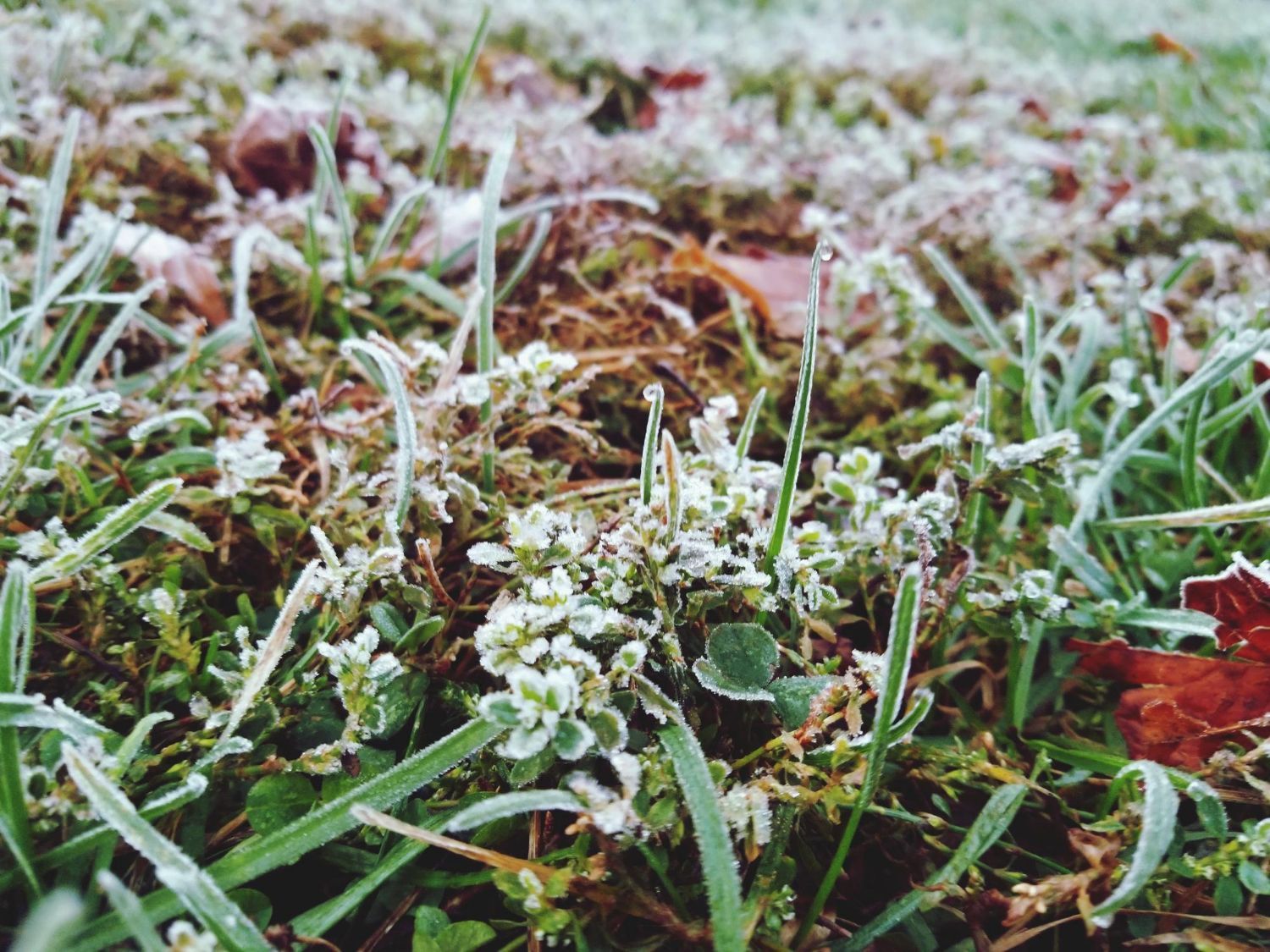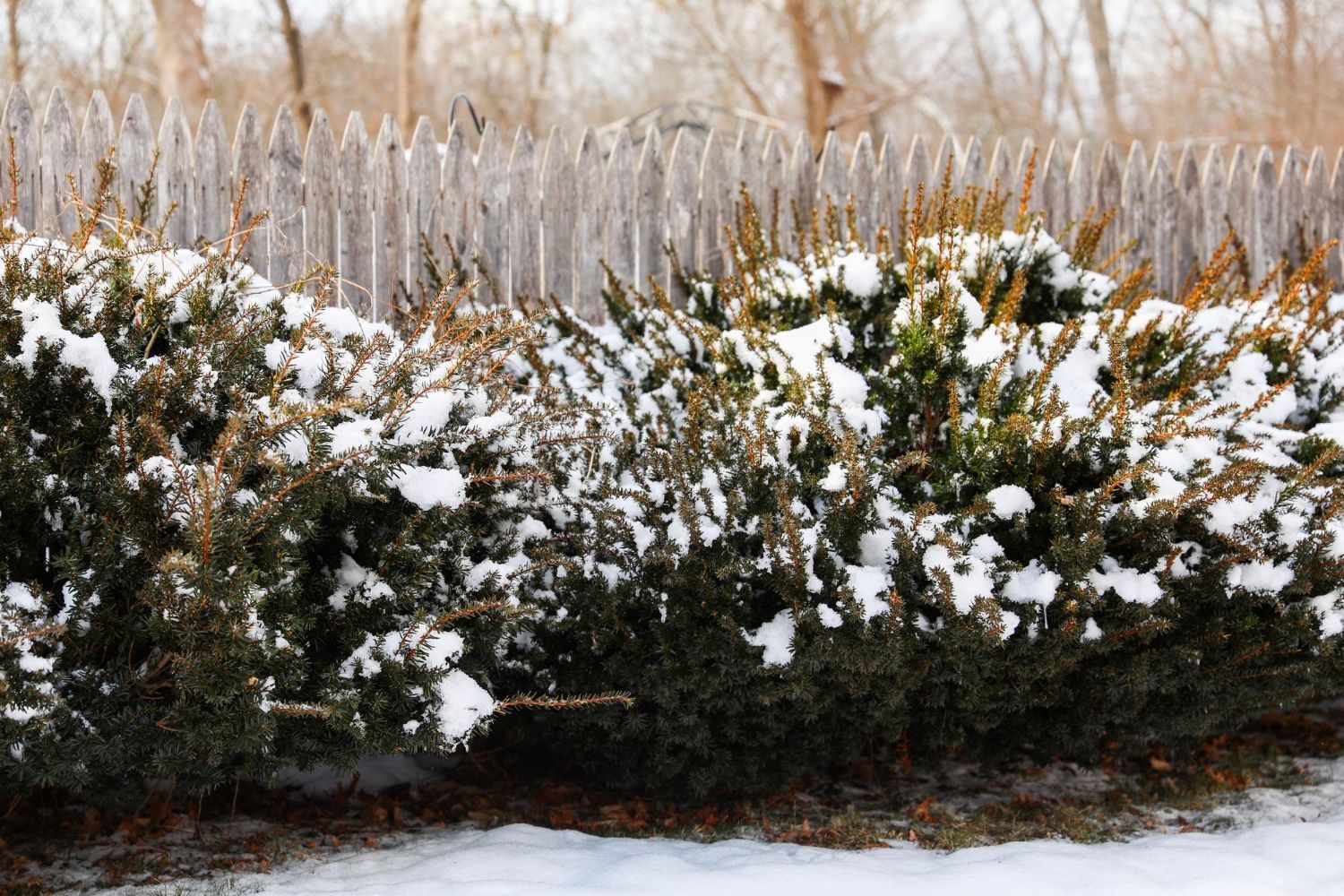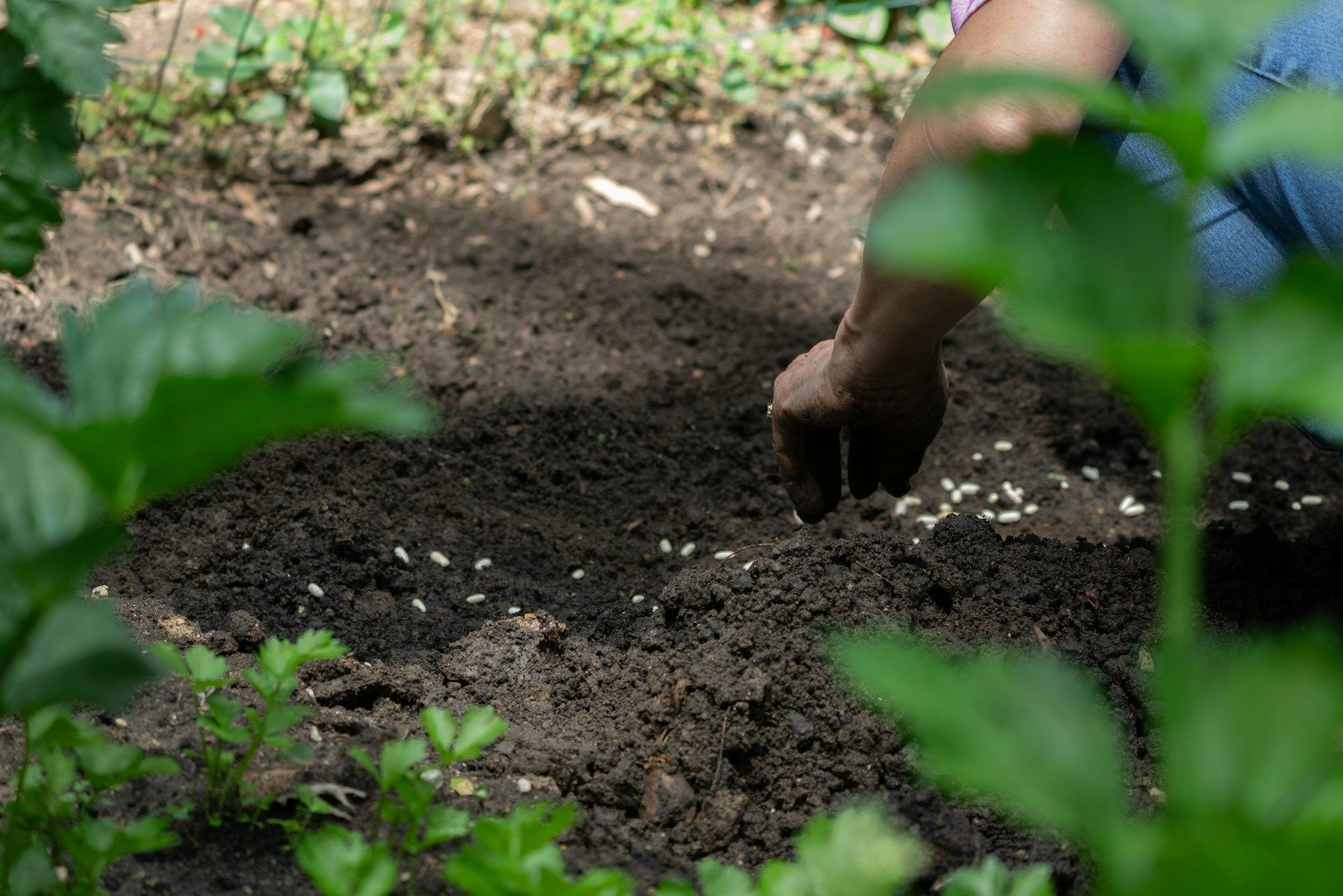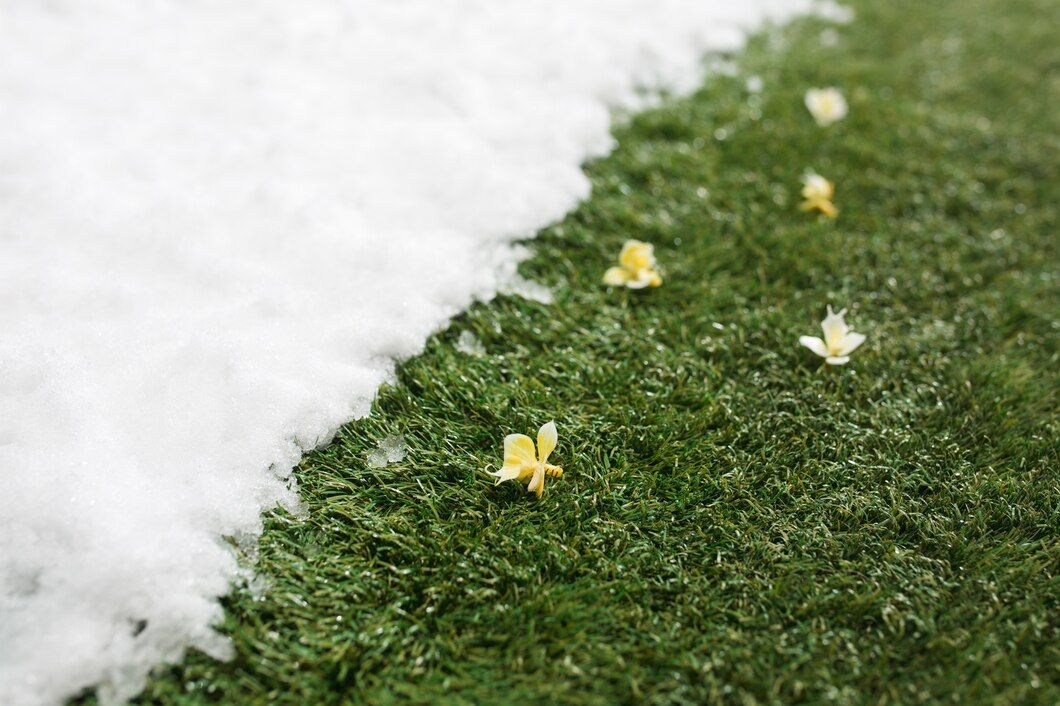What Our Customers Are Saying
Revitalizing Your Yard: The Science Behind Aeration and Seeding
A beautiful, lush lawn is a source of pride for many homeowners, providing an inviting outdoor space for relaxation and enjoyment. However, achieving and maintaining such a vibrant yard can be a challenge. Two key processes that can help turn this aspiration into a reality are aeration and seeding. These techniques help to alleviate soil compaction, stimulate root growth, and enhance nutrient uptake, leading to a healthier, more resilient lawn.
In this article, we delve into the science behind aeration and seeding to understand their role in revitalizing your yard better. As a provider of professional lawn care services in New Jersey, Healthy Lawn is well-equipped to help you implement these measures for a thriving, attractive outdoor living space. Empower yourself with knowledge and discover how aeration and seeding can transform your lawn's health and aesthetic appeal.
1. The Science of Soil Compaction
Compacted soil is one of the leading causes of an unhealthy, unattractive lawn. Soil compaction occurs when particles become tightly packed together, resulting in reduced pore space and limited air, water, and nutrient circulation. This impedes root growth and can lead to visible issues such as thinning grass, bare patches, and poor drainage. Some common causes of soil compaction include heavy foot traffic, vehicle weight, and natural settling over time.
2. The Benefits of Lawn Aeration
To counteract soil compaction and promote a healthy, vibrant lawn, aeration is a highly recommended process. Aeration involves the removal of small plugs or cores of soil from your lawn to create channels for air, water, and nutrients to penetrate the soil more effectively. This improves the overall health of your lawn by enhancing root growth, optimizing nutrient uptake, and facilitating better drainage. Some of the many benefits of lawn aeration include:
- Improved root development: By alleviating soil compaction, aeration allows roots to spread, deepen, and establish a stronger support system for your grass.
- Enhanced nutrient uptake: Aeration increases the availability and absorption of essential nutrients, such as nitrogen, phosphorus, and potassium, required for optimal lawn health and growth.
- Better water retention: With improved soil structure, water can more easily infiltrate the soil, reducing runoff and promoting efficient water use.
- Enhanced thatch breakdown: Aeration can also facilitate the breakdown of thatch, a layer of dead grass and organic matter that can accumulate at the soil surface and impede root development, water penetration, and nutrient absorption.
3. The Optimal Time and Frequency for Aeration
The best time for lawn aeration depends on the type of grass you have in your yard. For cool-season grasses, such as Kentucky bluegrass, tall fescue, and perennial ryegrass, the optimal time for aeration is in the fall. This is the period of vigorous growth for these grasses, and aerating during this time supports root development and nutrient absorption. For warm-season grasses like Bermuda, zoysia, and St. Augustine, late spring to early summer is the ideal time for aeration, aligning with their active growing period. As a general rule, lawn aeration should be performed at least once a year for optimal results. However, if your soil is particularly compacted or your lawn experiences heavy traffic, more frequent aeration may be necessary.
4. The Science Behind Lawn Seeding
Overseeding is the process of applying grass seed to an existing lawn to promote the growth of new grass, resulting in a thicker, more uniform appearance. This technique can help fill in bare patches, improve grass density, and introduce disease-resistant or drought-tolerant grass varieties. Proper lawn seeding positively impacts your lawn's health by encouraging the growth of strong, deep-rooted grass and preventing the establishment of weeds and pests.
5. The Benefits of Lawn Seeding
Integrating lawn seeding into your lawn care regimen offers several advantages:
- Enhanced grass density: Overseeding can improve the overall thickness of your lawn, providing a lush and vibrant appearance.
- Increased disease and pest resistance: By incorporating disease-resistant or pest-resistant grass species into your lawn, you can reduce the likelihood of these issues impacting your yard's health.
- Reduced weed proliferation: A thicker, denser lawn can help prevent weed growth by competing for resources and leaving minimal space for weeds to establish.
- Improved environmental and traffic tolerance: Certain grass varieties are more heat-tolerant, shade-tolerant, or traffic-tolerant, which can improve your lawn's overall resilience and adaptability to a variety of conditions.
6. The Optimal Time and Frequency for Lawn Seeding
Similar to aeration, the best time for lawn seeding depends on the type of grass. For cool-season grasses, seeding is recommended in the late summer to early fall, allowing adequate time for grass to establish before winter dormancy. For warm-season grasses, late spring to early summer is the suggested time for seeding, aligning with their peak growing period. In general, lawn seeding should be conducted on an as-needed basis to address bare spots, thinning grass, or desired improvements in grass variety.
7. Combining Aeration and Seeding for Maximum Results
For a truly revitalized lawn, combining aeration and seeding can yield impressive results. Performing these techniques together enables the grass seed to make direct contact with the soil through the channels created by aeration, promoting better germination and establishment. Furthermore, aerating before seeding enhances the overall conditions for new grass growth, maximizing the benefits of both processes.
Achieve a Vibrant Lawn through Expert Aeration and Seeding Services
Embracing the science behind aeration and seeding is key to revitalizing your lawn and cultivating an attractive, flourishing outdoor living space. By understanding the benefits and proper timing of these techniques, you can take a proactive approach to lawn care, ensuring a healthier, denser, and more resilient turf.
To maximize the results of aeration and seeding, partnering with experienced professionals like Healthy Lawn is an investment in the long-term health and beauty of your yard. Our team of experts is dedicated to providing tailor-made lawn care services, ensuring that your lawn receives the precise treatments it needs to thrive. Give your lawn the expert care it deserves with our comprehensive
aeration and seeding services – contact Healthy Lawn today and watch your outdoor space transform into the lush, vibrant lawn of your dreams.










